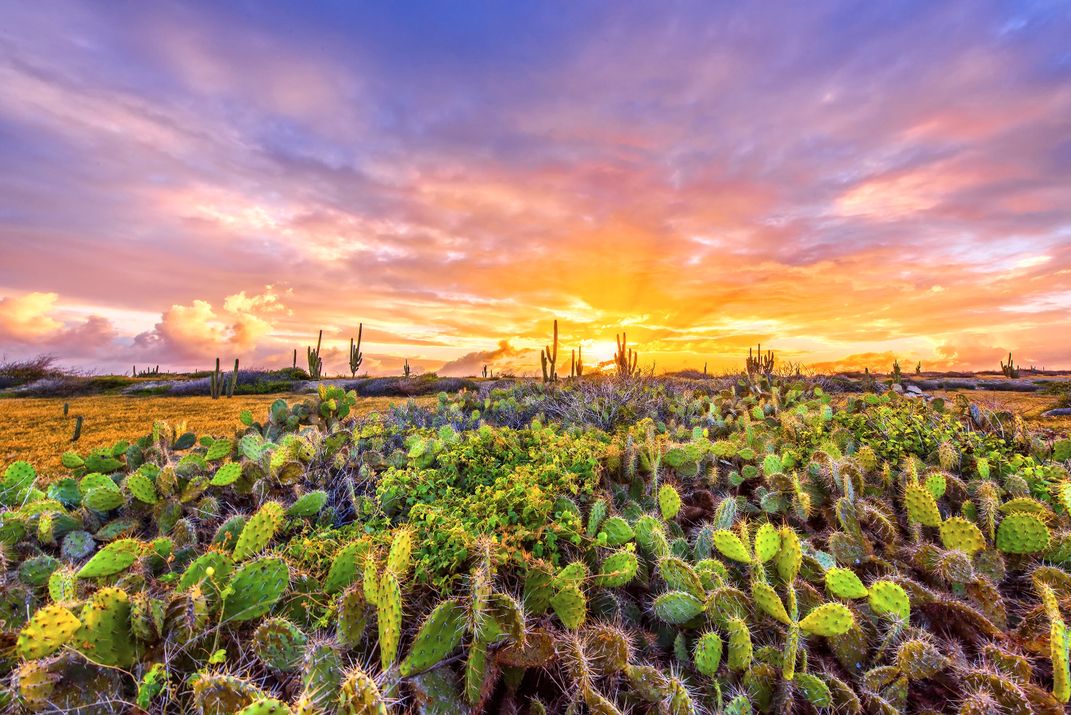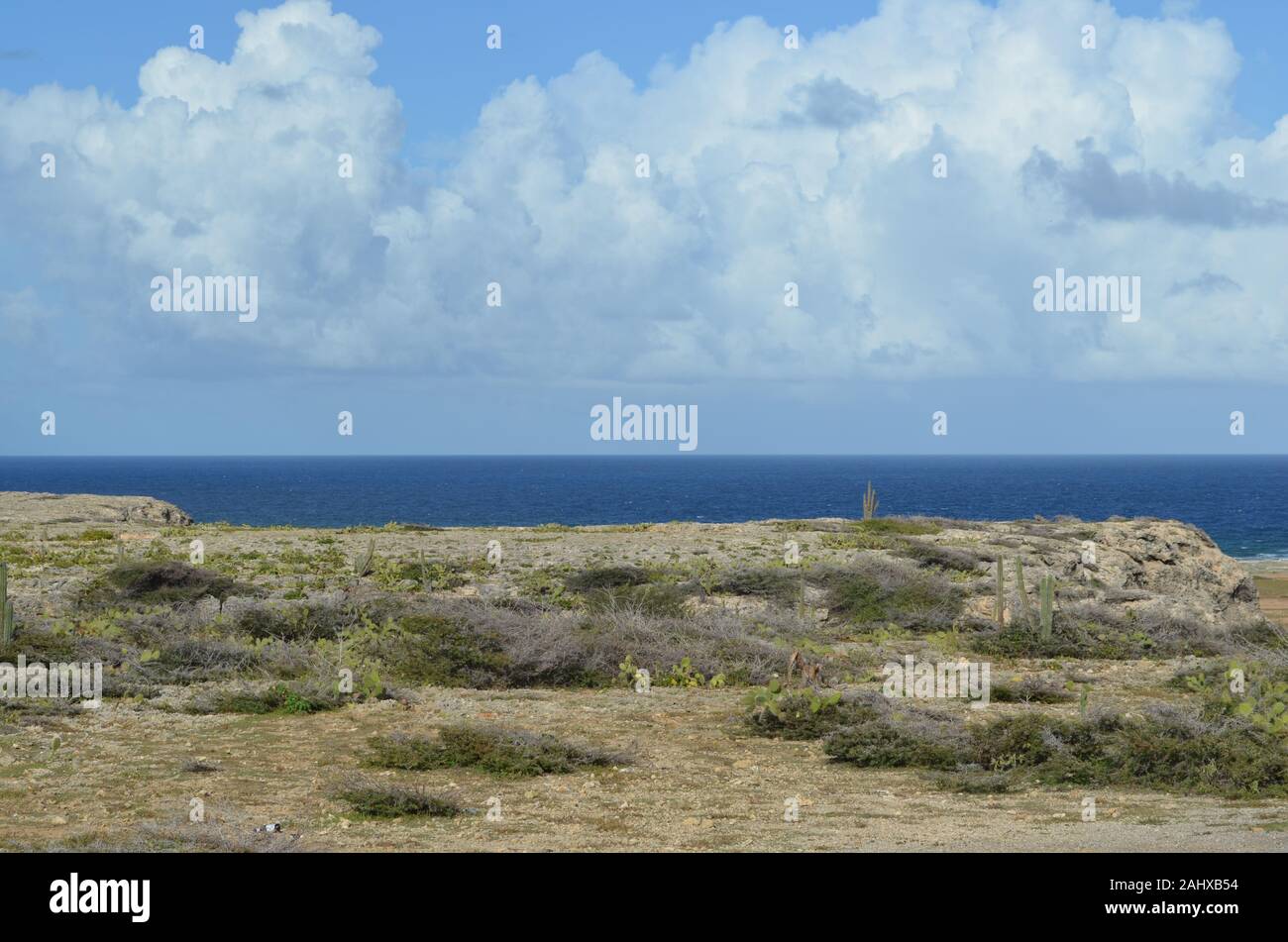Is Aruba A Desert? Discovering The True Nature Of Aruba's Climate And Geography
Aruba, a small island located in the southern Caribbean Sea, is often referred to as a desert by many travelers. But is Aruba really a desert? This article aims to explore the truth behind this question and provide a comprehensive understanding of Aruba's climate, geography, and ecosystems.
Aruba's unique landscape, characterized by its arid conditions and cacti-covered terrain, has led many to believe that it fits the definition of a desert. However, the term "desert" can be misleading when describing this beautiful island. In this article, we will delve into the factors that contribute to Aruba's climate and determine whether it truly qualifies as a desert.
By examining the island's weather patterns, vegetation, and natural resources, we will uncover the fascinating story of Aruba's environment. So, let's embark on this journey to understand whether Aruba is a desert or if it simply shares some desert-like characteristics.
- Natalie Portman Breast Implants
- Jessica Simpson Hairstyles
- Spongebob Lgbt
- Stephen Love Is Blind African
- Verna Heath Channelview Tx
Table of Contents
- Understanding Deserts and Their Characteristics
- Overview of Aruba's Geography and Climate
- How Aruba Exhibits Desert-Like Features
- Vegetation and Ecosystems in Aruba
- Weather Patterns in Aruba
- Water Resources in Aruba
- Human Impact on Aruba's Environment
- Aruba's Tourism and Environmental Sustainability
- Geographical Features of Aruba
- Conclusion: Is Aruba a Desert?
Understanding Deserts and Their Characteristics
To determine whether Aruba is a desert, we must first understand what defines a desert. A desert is typically characterized by its low precipitation levels, sparse vegetation, and extreme temperatures. However, not all deserts are sandy expanses; some, like the Gobi Desert, consist of rocky terrain.
Deserts can be categorized into four main types: hot and dry, semiarid, coastal, and cold. Each type exhibits unique characteristics that contribute to its classification as a desert. Understanding these distinctions is crucial when evaluating whether Aruba fits the desert criteria.
Key Features of Deserts
- Low annual rainfall (usually less than 250 mm)
- High evaporation rates
- Sparse vegetation adapted to arid conditions
- Extreme temperature fluctuations
Overview of Aruba's Geography and Climate
Aruba is an island located in the southern Caribbean Sea, approximately 29 kilometers north of the coast of Venezuela. Its geography and climate are influenced by its proximity to the equator and the surrounding ocean currents.
The island's climate is classified as a tropical semi-arid climate, which means it experiences relatively low rainfall and high evaporation rates. Despite its arid conditions, Aruba remains a popular tourist destination due to its warm weather, beautiful beaches, and vibrant culture.
Key Geographical Features
- Area: 179 square kilometers
- Population: Approximately 110,000 inhabitants
- Capital: Oranjestad
- Highest Point: Mount Jamanota (188 meters)
How Aruba Exhibits Desert-Like Features
Aruba shares several characteristics with deserts, such as its low annual rainfall and arid landscape. However, these features alone do not necessarily classify the island as a desert. Let's explore how Aruba exhibits desert-like traits and what sets it apart from true deserts.
Low Rainfall and Arid Conditions
Aruba receives an average of 430 mm of rainfall annually, which is significantly lower than the global average. This low precipitation contributes to the island's arid appearance and has led to the nickname "desert island."
Vegetation and Ecosystems in Aruba
Despite its arid conditions, Aruba supports a diverse range of plant and animal species adapted to its unique environment. The island's vegetation is dominated by drought-resistant plants such as cacti, divi-divi trees, and aloe vera.
Unique Flora and Fauna
- Divi-divi Tree: A symbol of Aruba, this tree grows at a 90-degree angle due to the island's prevailing winds.
- Aloe Vera: Widely cultivated in Aruba, this plant is used in various cosmetic and medicinal products.
- Aruban Whiptail Lizard: A native species found only on the island, this lizard thrives in Aruba's arid environment.
Weather Patterns in Aruba
Aruba's weather is characterized by its warm temperatures, low humidity, and consistent trade winds. These factors contribute to the island's reputation as a year-round vacation destination.
Seasonal Variations
Aruba experiences two distinct seasons: the dry season (December to April) and the rainy season (May to November). During the dry season, rainfall is minimal, while the rainy season brings occasional showers that refresh the landscape.
Water Resources in Aruba
Water scarcity is a significant challenge for Aruba, as the island relies heavily on desalination and rainwater harvesting to meet its freshwater needs. These innovative solutions demonstrate Aruba's commitment to sustainable water management.
Desalination Process
Aruba's desalination plant converts seawater into potable water, providing a reliable source of freshwater for its residents and visitors. This process involves removing salt and impurities from seawater through reverse osmosis technology.
Human Impact on Aruba's Environment
As a popular tourist destination, Aruba faces environmental challenges related to overdevelopment, waste management, and resource conservation. Efforts to address these issues include sustainable tourism practices and community-based conservation initiatives.
Sustainable Tourism Practices
- Ecotourism: Promoting responsible travel that minimizes environmental impact.
- Renewable Energy: Investing in solar and wind energy to reduce reliance on fossil fuels.
- Waste Reduction: Encouraging recycling and composting to decrease landfill usage.
Aruba's Tourism and Environmental Sustainability
Tourism plays a vital role in Aruba's economy, but it also presents challenges to the island's environment. Striking a balance between economic growth and environmental preservation is essential for Aruba's long-term sustainability.
Green Initiatives
Aruba has implemented several green initiatives to promote sustainable tourism, including eco-friendly accommodations, protected natural areas, and educational programs for visitors.
Geographical Features of Aruba
Aruba's diverse geography includes rugged coastlines, sandy beaches, and rocky outcrops. These features contribute to the island's unique landscape and provide habitats for a variety of plant and animal species.
Notable Landmarks
- California Lighthouse: A historic lighthouse offering panoramic views of the island.
- Arikok National Park: A protected area encompassing diverse ecosystems and geological formations.
- Boca Prins Beach: A secluded beach known for its crystal-clear waters and vibrant coral reefs.
Conclusion: Is Aruba a Desert?
In conclusion, while Aruba exhibits some desert-like characteristics, such as low rainfall and arid conditions, it does not fully qualify as a desert. The island's unique geography, climate, and ecosystems set it apart from true deserts and make it a fascinating destination for travelers.
We encourage you to share your thoughts on this topic in the comments section below and explore our other articles for more insights into Aruba's environment and culture. Together, we can promote sustainable tourism and preserve the beauty of this remarkable island.
Data Sources:
- World Meteorological Organization
- Aruba Department of Environment
- National Oceanic and Atmospheric Administration
- Nicole Acosta
- Josh Peck Ozempic
- Is Serena Williams Jehovah Witness
- 4 Non Blondes Tour
- Pre Med Student Stabs Mom

Aruba Desert Landscape Mixed Media by Design Turnpike Pixels

Desert Aruba Smithsonian Photo Contest Smithsonian Magazine

Aruba desert meets ocean Stock Photo Alamy